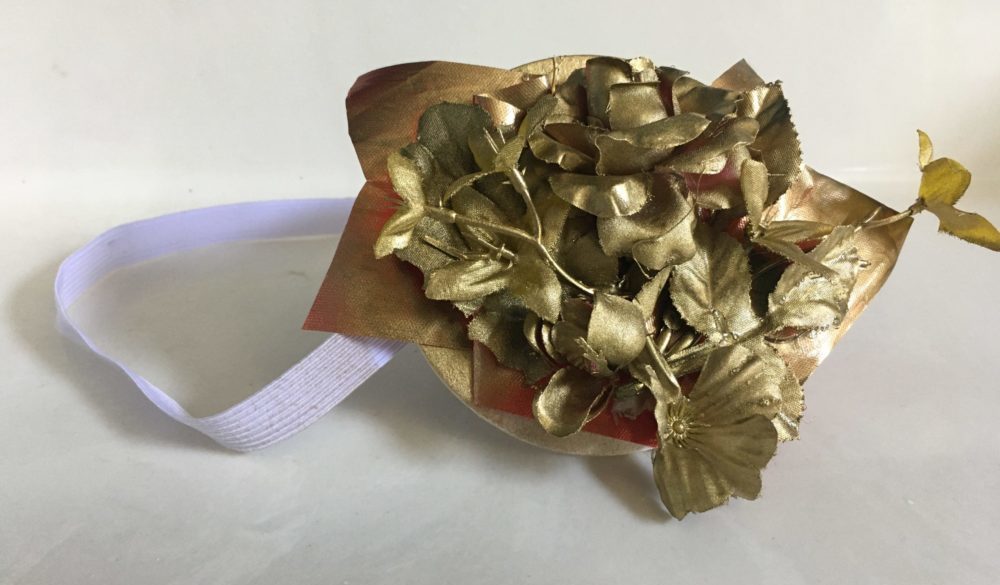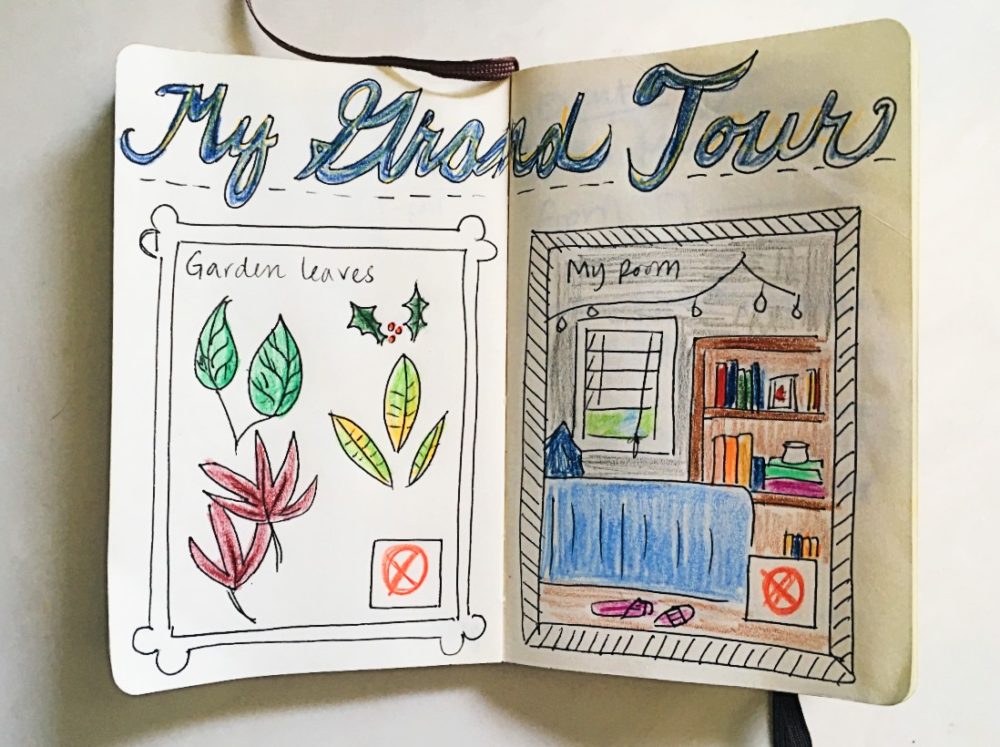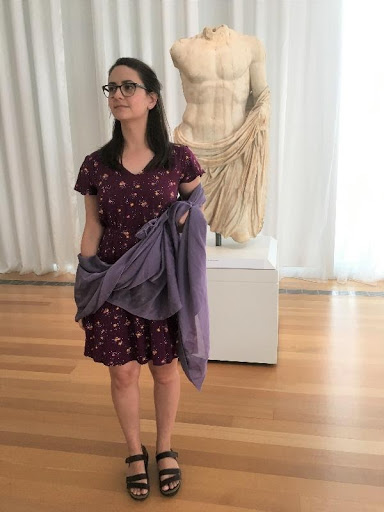Family Activities: The Triumph of Venice (Quick Tip)
Por Courtney Klemens, Directora de Programas Familiares
Artist Pompeo Batoni’s monumental painting The Triumph of Venice looks back to celebrate the wealth of arts and culture in the city that blossomed during the Italian Renaissance, nearly 200 years before. Batoni represents the city of Venice as a woman pulled in a chariot by winged lions. Roman gods like helmet-wearing Minerva, Goddess of Wisdom, and wreath-bearing Ceres, Goddess of Agriculture, mingle while figures representing Fame and History float above. Discover ways to make meaning from the symbols and mythology in this painting with the activities below.
Crear

Go rococo.
The Triumph of Venice is painted in the rococo style, which is noted for its love of extreme opulence and decorations like feathers, flowers, and draped fabric. You can create your own headpiece inspired by Batoni’s celebratory painting. Grab a flat surface like a coaster or a circle of cardboard to adorn with small objects. Use hot glue to adhere objects like fake flowers, swatches of fabric, faux fruits and vegetables, or other materials you can find. When your glue is dry, paint using metallic paints all over the objects to gild them. Glue a ribbon or elastic to both sides of the headpiece and strut your stuff, rococo-style!

Mini grand tour.
Pompeo Batoni rose to fame when travelers from across Europe passed through Italy during a stop on “The Grand Tour”, a rite of passage for wealthy young men that mixed education and pleasure as they encountered arts, music, and history in places like Paris, Geneva, and Venice. Take your own Grand Tour around your home or your neighborhood and document your stops in a passport page! Using drawing materials, section a piece of drawing paper to include spaces to document 6 stops on your tour; or, find a notebook and make each stop a page. Draw each stop and include anything special you’ve noticed or discovered: the color of your favorite room, a delicious meal you ate along the way, or a spot where you’ve noticed particularly beautiful sunlight. Whatever you choose, don’t forget to give yourself a stamp or sticker to make your travels official!

Godlike poses.
One way that Batoni portrays Venice as a world-class cultural hub is by including allegorical figures in the real-world setting. Each figure has a special attribute or symbol that identifies them and represents Venice’s special place in arts and culture. If you were a god, goddess, or allegorical figure, what special symbols would represent you? Find an object that speaks to your talents, interests, or personality and hold it in a power pose. Drape and twist a sheet or blanket around yourself for extra flair. Capture your pose in a photograph to see how Batoni might have portrayed you.
Jugar
Try your hand at untangling the figures and forms in this Triumph of Venice jigsaw puzzle!
